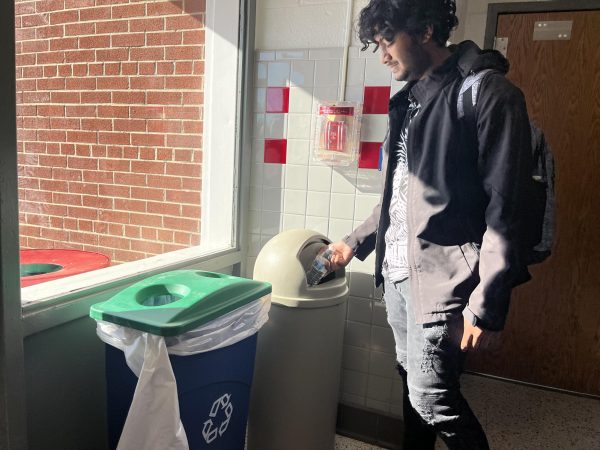The dangers of using social media
When you click post, you’re uploading more than you think
You wake up in the morning and you send a good morning picture to your Snapchat streaks.
At lunch, you tweet about how tired you are and how you can’t wait for the school day to end.
Then when you get home and post a silly picture of you and your friend on your spam account on Instagram, otherwise known as a “finsta.”
This is the typical routine of the average teenager, and it seems harmless enough.
What’s the problem with posting your thoughts and pictures for your friends to see? Actually, there’s many problems with this.
Recently, it was discovered that many social media sites store data from users’ phones and their activities on the applications.
This means that whenever you open applications like Instagram and Snapchat to post pictures or send direct messages, the application is storing information like your precise location and details on the device you’re using.
This can be good at times, such as when it’s used to detect when an account is being hacked. But because this information can be easily accessed by anyone, it’s actually doing more harm than good.
Many applications send you the data they have stored on your account when requested.
To see how much information was kept, I asked Twitter to send the data they had stored for the account I’ve had since 2014.
When I opened the email, I was appalled. The document was 46 pages long and had an unconscionable amount of information.
The first four pages had their IP addresses accessed each time I had logged in. It also had the city and state.
The next few pages included information about the devices I had logged in from, such as other applications that have been installed in them.
But what was more shocking was the information that spanned the remaining 40 pages.
Through activities such as voting in polls and retweeting certain tweets, Twitter had compiled a long list of subjects and activities that I could be interested in.
This list went into such detail, that it included which brand of tissues and cookies I prefer.
“I’ve heard that Twitter and other applications keep things on everything you do,” senior Deega Hilowle said. “That’s why I prefer to use things like Snapchat. I can choose who sees what I’m sending.”
Even though most users try to combat data storing by keeping accounts and posts private, it doesn’t completely protect them from harm.
It just limits who sees what you post. Complete strangers can still access hidden and embedded information like locations quite easily.
“That’s another reason why I don’t really use Twitter or Instagram. There’s too much information that goes in to everything you put on there,” Hilowle said. “And people you don’t know can get your username easily.”
Still, there are many benefits to using social media and it can be hard to give up.
Although not very effective, there are a few ways to block application’s data collecting strategies.
The first thing to do is make sure that these applications don’t have access to your location.
To do this, go to the settings application on your phone, click on general, then restrictions, and disable location services.
Many applications also delete data that has already been collected if requested.
To clear out your Twitter data, open the application, go to settings and privacy, then click on account. Once you click on your Twitter data, an option to clear it out will pop up.

Senior Suad Mohamed is currently the Co-Editor in Chief and this is her fourth year on staff. Last year, she was the In-Depth Editor. Besides The A-Blast,...











